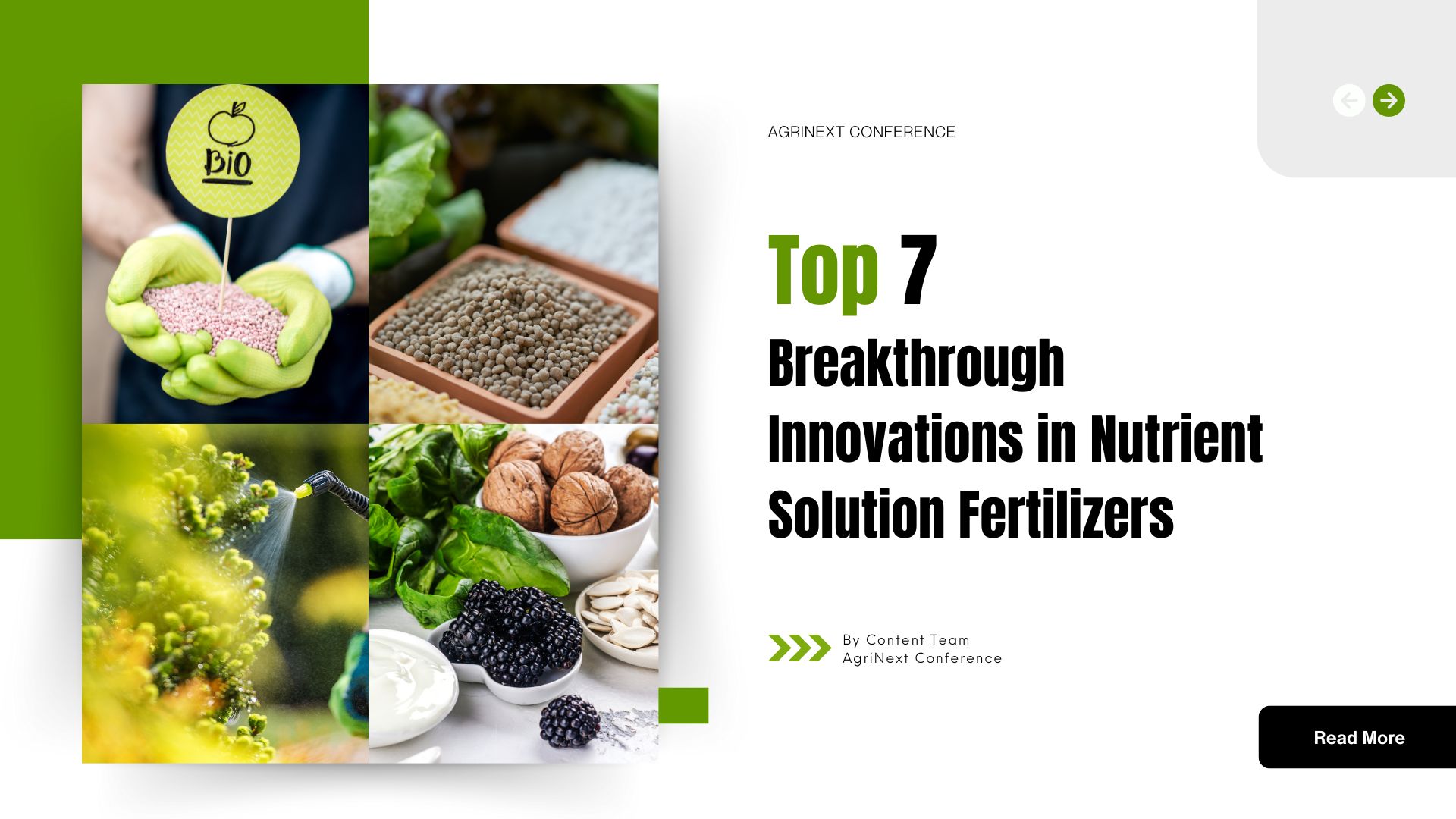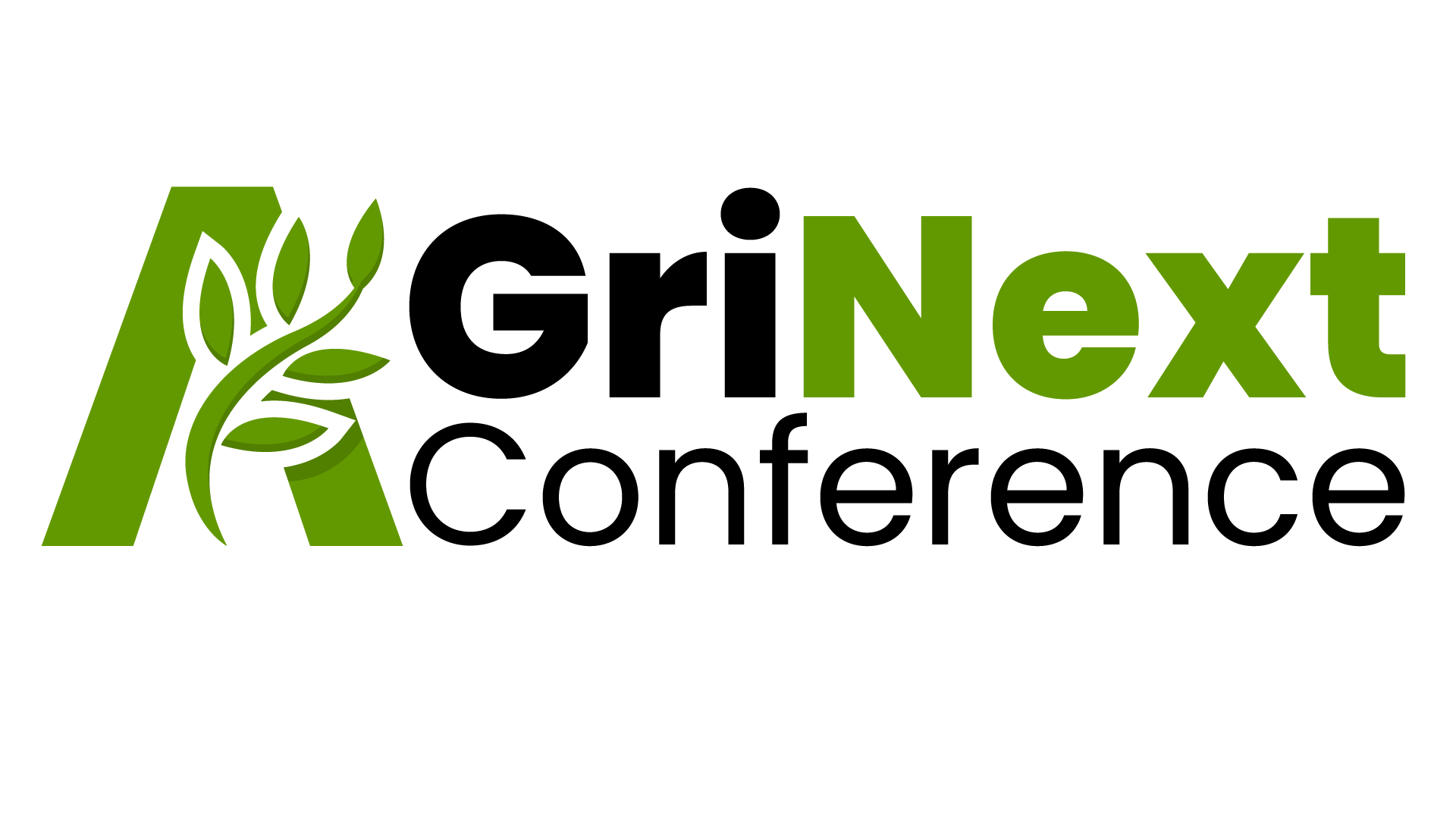
Introduction
As the global population continues to rise and agricultural demands increase, the need for innovative and sustainable nutrient management solutions becomes critical. Modern farming is evolving to meet these challenges, driven by cutting-edge technologies that optimize plant health and minimize environmental harm. Here, we explore the top seven innovations in nutrient solution fertilizers that are transforming agriculture.
1. Controlled-Release Fertilizers (CRFs)
Controlled-release fertilizers have revolutionized nutrient management by providing a steady supply of essential nutrients to plants over time. These fertilizers are designed to match the nutrient uptake patterns of crops, ensuring that plants receive the right amount of nutrients when they need them most. The gradual release minimizes waste and reduces the risk of environmental contamination, making CRFs a key innovation in sustainable farming.
2. Nano-fertilizers: Precision at the Nanoscale
Nanotechnology has revolutionized numerous fields, including agriculture, with nano-fertilizers being one of its most significant innovations. These fertilizers utilize nanoparticles—tiny particles ranging from 1 to 100 nanometers in size—to improve nutrient delivery and uptake efficiency in plants. Unlike traditional fertilizers, which may be prone to leaching, volatilization, or inefficient absorption, nano-fertilizers are designed to precisely deliver nutrients directly to the plant’s root or foliage, ensuring minimal wastage and maximum nutrient use efficiency.
Nano-fertilizers are particularly effective in improving the bioavailability of micronutrients like zinc, iron, and copper, which are essential for plant health but often required in smaller quantities. Their precision ensures reduced fertilizer application rates and lower environmental impacts, making them a valuable tool for sustainable agriculture.
Future of Nano-fertilizers
The future of nano-fertilizers is promising, with ongoing research focused on improving their efficacy and expanding their applications. Innovations in nanotechnology may lead to the development of fertilizers that not only deliver nutrients but also enhance plant resilience to stressors such as drought, pests, and diseases. As precision agriculture continues to evolve, nano-fertilizers will likely play an integral role in driving more sustainable, high-yield farming systems.
3. Bio-fertilizers: Nature’s Answer to Sustainable Farming.
Bio-fertilizers represent a shift towards more natural and sustainable farming practices. These organic solutions contain living microorganisms that improve nutrient availability and uptake by plants. By enhancing soil health and fertility, bio-fertilizers not only support plant growth but also contribute to long-term agricultural sustainability. They are particularly valuable in organic farming systems.
4. Microbial Inoculants
Microbial inoculants introduce beneficial microbes into the soil, such as nitrogen-fixing bacteria, phosphorus-solubilizing fungi, and decomposers of organic matter. These microbes play a crucial role in making nutrients more accessible to plants, promoting healthier growth and higher yields. Microbial inoculants are a sustainable alternative to chemical fertilizers, supporting a balanced ecosystem in the soil.
5. Customized Liquid Fertilizers: Precision and Flexibility Combined
While Controlled-Release Fertilizers (CRFs) and nano-fertilizers provide long-term and highly efficient nutrient delivery, modern farmers often need the flexibility to respond to varying crop demands and environmental conditions. This is where customized liquid fertilizers become indispensable. These fertilizers allow for precise, on-demand nutrient management tailored to specific crop requirements, soil conditions, and growth stages.
Tailored Nutrient Delivery
Customized liquid fertilizers can be formulated with specific nutrient ratios based on the needs of individual crops or particular growth phases. This level of customization enables farmers to provide targeted nutrients exactly when plants require them the most, whether during flowering, fruiting, or root development stages. By fine-tuning nutrient applications, customized liquid fertilizers help avoid both over-application and nutrient deficiencies, promoting healthier crops and optimizing yields.
Efficient Application Methods
One of the key advantages of customized liquid fertilizers is their versatility in application. These fertilizers can be delivered through a variety of methods, including drip irrigation, foliar spraying, and even hydroponic systems.
For example, farmers using drip irrigation systems can easily integrate liquid fertilizers into their existing water lines, allowing for a consistent and controlled delivery of nutrients directly to the root zone. This ensures that plants receive nutrients uniformly and efficiently, reducing wastage and maximizing resource use.
Fast-Acting and Responsive
Unlike CRFs, which release nutrients gradually over time, customized liquid fertilizers can offer immediate nutrient availability. This makes them ideal for addressing acute nutrient deficiencies or adjusting nutrient levels in response to sudden changes in environmental conditions, such as unexpected droughts or heavy rainfall. The quick absorption of liquid fertilizers allows farmers to react promptly to crop needs, ensuring optimal growth even in challenging circumstances.
Hydroponic and Precision Agriculture Applications
In hydroponic systems, where plants are grown without soil, customized liquid fertilizers play a crucial role in providing all essential nutrients via nutrient-rich water solutions. Additionally, in precision agriculture, where data-driven techniques are used to optimize farming practices, these fertilizers can be integrated with sensor technologies to monitor soil and plant health in real time, enabling precise nutrient applications that boost efficiency and reduce environmental impact.
6. Organic Mineral Complexes
Organic mineral complexes combine the benefits of organic materials with the mineral nutrients essential for plant growth. These fertilizers provide a balanced nutrient solution that supports both plant health and soil fertility. By integrating organic and mineral components, these complexes offer a sustainable alternative to traditional synthetic fertilizers, promoting long-term agricultural productivity.
7. Smart Fertilizers with IoT Integration
The integration of smart technology into fertilizers is transforming modern agriculture. Equipped with IoT sensors, smart fertilizers continuously monitor real-time soil conditions like moisture, pH, and temperature.
Based on this data, they release nutrients precisely when and where plants need them most. This approach optimizes plant growth, reduces waste, and minimizes environmental impact, making smart fertilizers an essential tool for sustainable, efficient farming practices.
The science behind nutrient solution fertilizers
Nutrient solution fertilizers work by providing plants with essential minerals directly through their root systems, allowing for efficient absorption. This process is rooted in plant physiology and soil science.
Plant Nutrition
Plants require 17 essential nutrients, categorized into:
Macronutrients (NPK): Nitrogen (N), Phosphorus (P), and Potassium (K)
Micronutrients: Iron, zinc, boron, and others, needed in smaller amounts but vital for plant health
Soil Limitations
Soil often lacks sufficient nutrients or has imbalanced pH levels, making it difficult for plants to absorb necessary nutrients efficiently.
Nutrient Solutions
A balanced nutrient solution is prepared to address these limitations, containing all essential nutrients. These solutions are applied through various methods, such as:
Hydroponics: Growing plants in nutrient-rich water
Foliar Spraying: Direct application to leaves
Drip Irrigation: Delivering nutrients directly to the root zone
Absorption and Uptake Mechanisms
Plants absorb nutrients through their roots (in soilless systems) or leaves (in foliar applications) using different transport mechanisms, including:
Active Transport: Energy-dependent process moving nutrients against a concentration gradient
Passive Transport: Processes like diffusion and osmosis moving nutrients along a concentration gradient without energy
Nutrient Utilization
Once absorbed, plants utilize these nutrients for growth, development, and various metabolic processes essential for their survival and productivity.
Key Scientific Principles
Osmosis: Movement of water and dissolved nutrients into plant cells, essential for nutrient absorption
Ion Exchange: Uptake of nutrients through positively charged ions (cations) and negatively charged ions (anions)
pH Buffering: Maintaining optimal pH levels in the nutrient solution ensures nutrient availability and uptake
By understanding these scientific principles, researchers and manufacturers can develop optimized nutrient solution fertilizers, improving crop yields, enhancing plant health, and reducing environmental impact.
Leading Companies and Examples in Nutrient Solution Innovations
Controlled-Release Fertilizers(CRF)
Example: Osmocote by ICL Specialty Fertilizers a CRF product gradually releases nutrients, reducing waste and ensuring consistent plant growth, leading to healthier, more robust crops.
Nano-fertilizers
Example: SmartFert by Agro Nanotechnology Corp is an example of a nano-fertilizer designed to enhance nutrient efficiency.
Bio-fertilizers
Example: Rhizobium bio-fertilizers produced by companies like Novozymes are commonly used to enhance nitrogen fixation in leguminous crops.
Microbial Inoculants
Example: Mycorrhizal Applications offers microbial inoculants that improve nutrient uptake and soil health, especially through their MycoApply products.
Customized Liquid Fertilizers
Example: Yara International provides customized liquid fertilizers, such as YaraVita, tailored for specific crop needs.
Organic Mineral Complexes
Example: Humic Growth Solutions produces organic mineral complexes that combine humic substances with essential minerals.
Smart Fertilizers with IoT Integration
Example: Agrinos offers smart fertilizers integrated with IoT technology for precision farming, particularly with their High Yield Technology (HYT) solutions.
These examples showcase how different companies are leading the charge in innovative nutrient solutions across various agricultural practices.
Case Study: Nutrient Solution Fertilizers in Large-Scale Hydroponic Farming
Background: BrightFarms, a U.S.-based company, specializes in growing fresh produce using hydroponic farming systems. They operate greenhouse farms near major urban areas, reducing the time and distance food travels from farm to table.
Implementation: BrightFarms uses carefully formulated nutrient solution fertilizers to optimize plant growth in their hydroponic systems.
BrightFarms’ Success with Nutrient Solution Fertilizers:
Increased Yields: Higher yields due to controlled environment and precise nutrient delivery
Improved Plant Health: Healthier plants with reduced disease and pest susceptibility, minimizing chemical pesticide use
Water Conservation: 80% less water usage compared to conventional farming, promoting sustainability
Lessons Learned
BrightFarms found that consistent monitoring and adjustment of nutrient levels are crucial for maintaining optimal plant health. They also emphasized the importance of understanding the specific nutrient requirements of each crop to avoid nutrient imbalances.
Expert Opinion
Dr. Terry Roberts, Ph.D., Founder and President of IPNI
With over 30 years of experience in fertilizer research and plant nutrition, Dr. Roberts provides valuable insights into the future of nutrient management in fertilizers:
Effective nutrient management is critical for maximizing agricultural productivity while minimizing environmental impact. Innovations like nano-fertilizers and controlled-release fertilizers mark a significant advancement in efficient nutrient delivery. These technologies ensure plants receive necessary nutrients at the right time, enhancing both crop yield and sustainability.
Dr. Roberts advocates for the 4F approach to optimize fertilizer application, focusing on
1. Finding the right fertilizer
2. Formulating the correct blend
3. Fitting the application to the crop
4. Following up with monitoring and adjustment
He emphasizes the growing importance of sustainable practices in fertilizer management, stressing that future innovations should prioritize:
– Reducing resource waste
– Enhancing environmental stewardship
Dr. Roberts’ insights highlight the crucial role of nutrient management in shaping the future of sustainable agriculture.
Conclusion
The innovations in nutrient solution fertilizers are driving agriculture towards a more efficient and sustainable future. From controlled-release fertilizers to smart fertilizers with IoT integration, these advancements are not only enhancing crop yields but also reducing the environmental impact of farming.
As these innovations continue to develop, it is crucial for farmers, agronomists, and researchers to stay at the forefront of these advancements. By embracing such technologies, agriculture can move towards a more sustainable, efficient, and productive future.
AgriNext Awards, Conference & Expo 2024: Leading the Way in Agricultural Innovation
As a premier event for showcasing breakthroughs in agricultural technology, AgriNext 2024 is set to be a hub for discussing the future of farming. This year, one of the primary focuses will be nutrient management solutions, where companies will demonstrate their latest innovations in fertilizers, from controlled-release to IoT-integrated smart fertilizers.
With industry leaders and innovators like Demir Murat Aksoy of Cropto Agriculture Tokens and Dr. Taher Kassem of ALGOFAIT, attendees will gain insights into how nutrient solutions are revolutionizing both traditional and vertical farming. AgriNext continues to drive the conversation on sustainability and technological advancement in agriculture.
Signup For AgriNext Conference Newsletter

